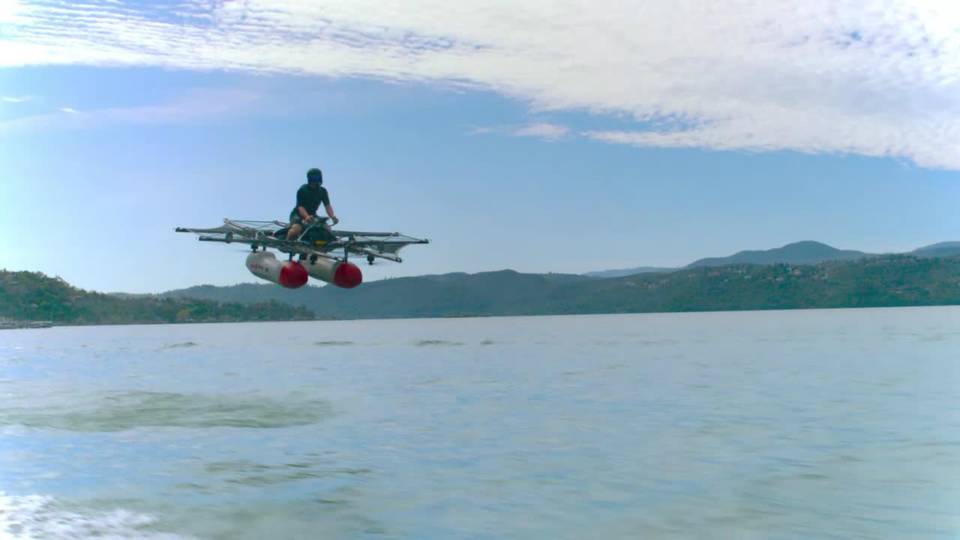Silicon Valley Developing Flying Car
On a recent afternoon, an aerospace engineer working for a small Silicon Valley company called Kitty Hawk piloted a flying car above a scenic lake about 100 miles north of San Francisco.
Kitty Hawk’s flying car, if you insisted on calling it a “car,” looked like something Luke Skywalker would have built out of spare parts. It was an open-seated, 220-pound contraption with room for one person, powered by eight battery-powered propellers that howled as loudly as a speedboat.
The tech industry, as we are often told, is fond of disrupting things, and lately the automakers have been a big target. Cars that use artificial intelligence to drive themselves, for example, have been in development for a few years and can be spotted on roads in a number of cities. And now, coming onto the radar screen, are flying machines that do not exactly look like your father’s Buick with wings.
More than a dozen start-ups backed by deep-pocketed industry figures like Larry Page, a Google founder — along with big aerospace firms like Airbus, the ride-hailing company Uber and even the government of Dubai — are taking on the dream of the flying car.
The approaches by the different companies vary and the realization of their competing visions seems far in the future, but they have one thing in common: a belief that one day regular people should be able to fly their own vehicles around town.
Read the rest here.






















